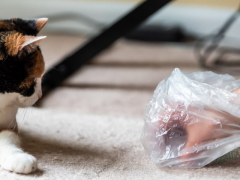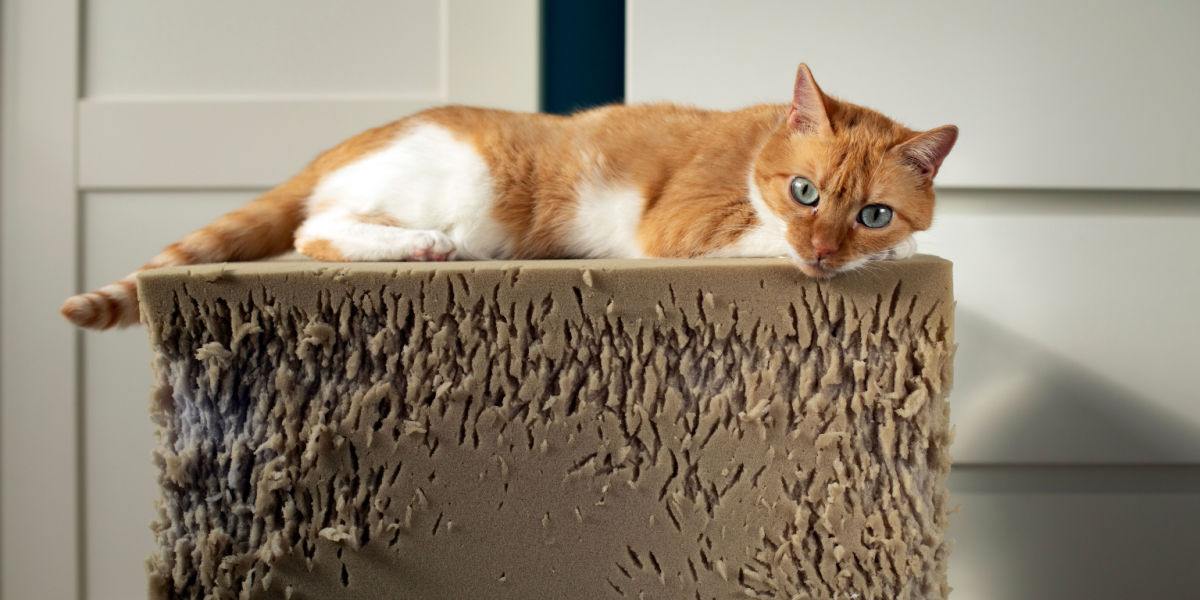
Does your cat seem intent on destroying your furniture? Are they driving you crazy with their destructive ways? You might be in despair, wondering if this is something you will have to put up with for as long as you have a cat. Fear not, there are ways to prevent and stop inappropriate scratching.
A quick fix is not guaranteed, but with some patience and persistence, you can try to save your furniture from being shredded to bits by your cat’s claws. Read on to learn more about the steps you need to take.
Why Do Cats Scratch?
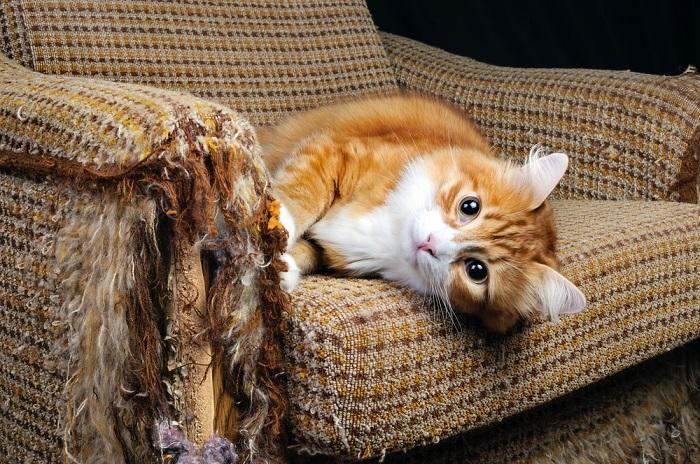
Cats instinctively scratch to mark their territory and to keep their claws healthy.
A cat that scratches is simply showing normal feline behavior. Scratching is a form of territorial marking. When cats scratch, their scent is deposited by scent glands located between their toes and on their foot pads. Their nails leave behind a clear visual mark. Scratching also keeps cats’ nails in tip-top condition.
Cats do not always understand what is theirs to scratch or not. So, if your cat tends to destroy your furniture, they aren’t deliberately trying to annoy you (even though it sometimes might feel that way!).
Since you cannot restrict scratching entirely, what you can do instead is redirect your cat to appropriate scratching surfaces. In this way, your cat can still act on their instincts and you get to keep your possessions and belongings intact.
Also Read: How To Stop Cats From Scratching Furniture
1. Provide Appropriate Scratching Surfaces
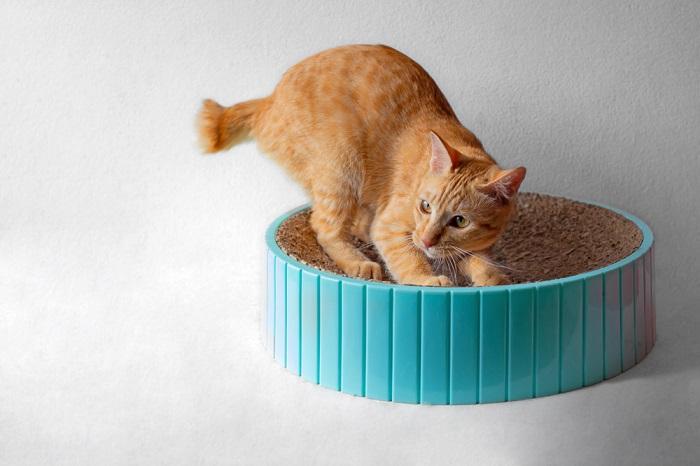
Some cats like to scratch horizontally and scratchers are available that accommodate this preference.
If your cat keeps scratching your couch, the first thing to consider is whether they have appropriate scratching alternatives. Without them, cats will turn to whatever they can find in the house. If they already have appropriate scratching surfaces, are they enough in number and variety?
Cat scratchers are available in a range of different shapes and sizes. There is also an assortment of materials, such as sisal rope and fabric, corrugated cardboard, and wood. It will take some trial and error to find out which ones your cat favors. So, initially, give them a good variety to choose from.
It’s also better to offer them more than you think they might need if you can. If you have multiple cats, make sure there are enough cat scratchers for them to share to avoid competition (at least one per cat).
Vertical cat scratching posts are the most popular. A lot of people make the easy mistake of buying ones that are too small. The ideal scratching post should be tall enough to accommodate your cat stretching their legs and body fully while scratching. This also allows them to stretch out their muscles. The base of the post should be heavy and secure.
A wobbly, unstable post can be enough to put your cat off using it. And if there is a risk of it falling over entirely, it becomes a safety concern and your cat is very unlikely to view it as an attractive scratching surface.
Some cats also like to scratch horizontally. Perhaps you’ve seen your cat clawing at your carpet. It’s a good idea to give your cat some scratching pads or mats so that they have the opportunity to scratch from a different direction. Placing scratching pads at different angles also adds another layer of variety.
Cat trees (or cat towers) can be great fun and allow for scratching and exercise, offering scratching surfaces and different platforms for perching and jumping up and down.
Also Read: The 5 Best Cat Scratch Deterrents
2. Strategically Place Appropriate Scratching Surfaces
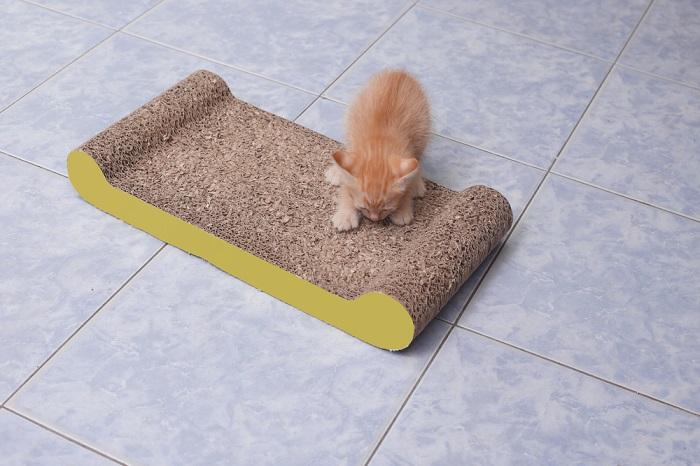
Place your scratchers close to the things your cat has been scratching.
Now that you’re armed with scratching posts and mats, it’s time to figure out where to best place them. Which pieces of furniture does your cat enjoy scratching? Identify those, then strategically position your cat scratchers next to or close to them.
It’s also a good idea to place some in your cat’s favorite spots in the house. Cats also enjoy a stretch and a scratch after they’ve woken up so you can’t go wrong with placing a scratching post or mat next to their sleeping areas.
Also Read: Why Does My Cat Scratch The Sides Of The Litter Box
3. Make The Appropriate Scratching Surfaces Appealing To Use
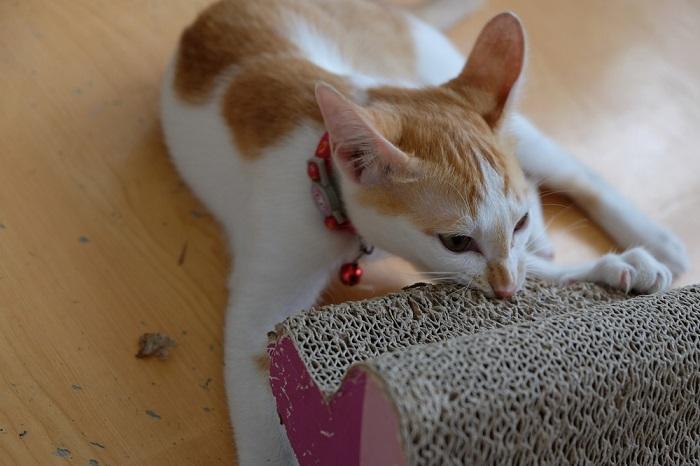
When you bring home a new scratcher, sprinkle it with catnip to draw your cat’s attention.
Try sprinkling catnip or use catnip spray on and around your cat’s scratching posts and mats. Some cats will fall under its spell and be compelled to explore and use their appropriate scratching surfaces.
Also Read: The 5 Best Catnip Products For Cats (Spray & Toys and More Surprises)
4. Make Your Furniture Less Appealing To Use
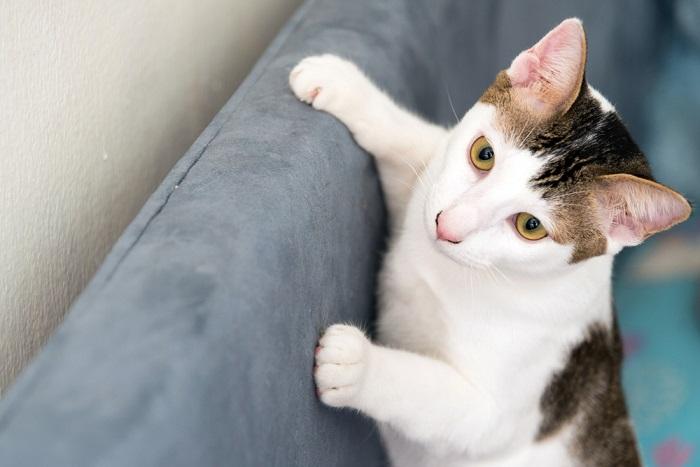
Stop your cat from scratching your furniture by covering it with something they find unappealing like double-sided tape.
It’s unlikely you’ll be able to block your cat’s access to your furniture entirely. Once you’ve got an appropriate cat scratcher set up around the house, you can, however, consider making your furniture less appealing to scratch by covering them with aluminum foil, cling film, double-sided tape, or a specially made product called Sticky Paws. The texture of these will act as a deterrent, as cats find them uncomfortable.
Also Read: Correcting Unwanted Scratching Behavior
5. Use Reward-Based Training Methods
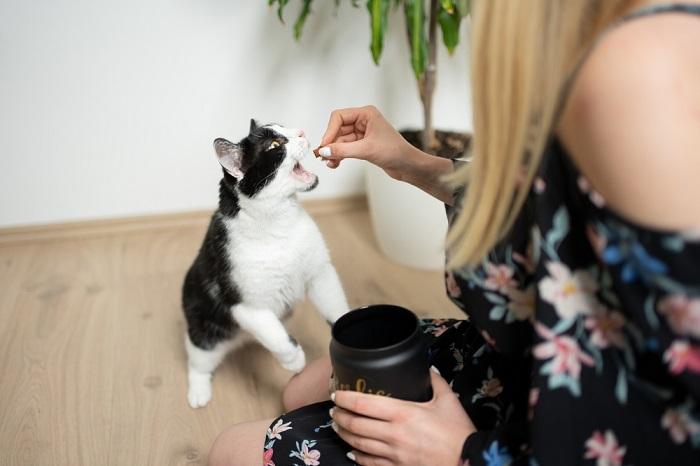
Toss treats to your cat any time they use their scratcher to reinforce that this is a good place to scratch.
Cats respond well to positive reinforcement, whereby they are rewarded when they display correct behaviors. With time, they will learn to repeat these behaviors. So, when your cat approaches and uses their scratching post or pads, make sure to praise them and offer something positive. The type of reward that you might use can be based on your cat’s preferences.
If they are very food-oriented, offer them some of their favorite treats. If they enjoy human interaction and being petted, give them a stroke around the side of their face or a groom. With consistent use of their appropriate scratching surfaces, the frequency of the reward can be gradually reduced.
Also Read: The 7 Best Cat Treats For Training
6. Don’t Use Punishment
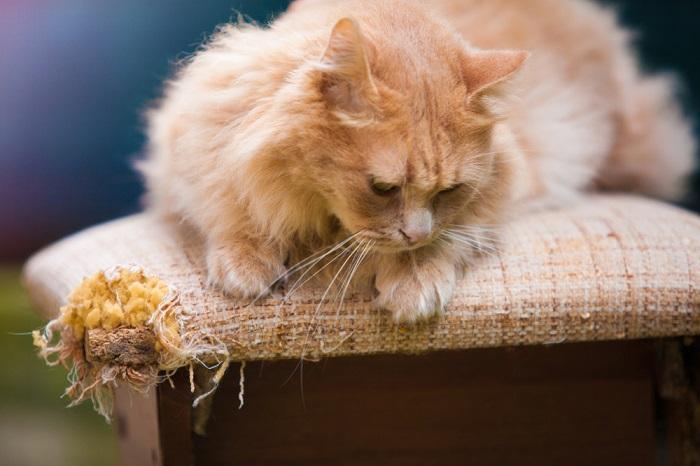
Punishing your cat for scratching the furniture doesn’t generally work and can even damage your bond.
As frustrated as you might be with your cat for covering your furniture with scratch marks, it’s important not to punish them for their behavior. From their point of view, they are simply carrying out an instinctive behavior and do not realize that they are being destructive. They won’t link what they have done with being shouted at or moved roughly.
Some people suggest spraying cats with water or scaring them away with loud noises if they are scratching inappropriately. Avoid doing this as you risk frightening your cat and weakening the bond you have with them. They might become stressed and anxious, which can then result in even more inappropriate scratching and other undesirable behaviors. Stick to positive reinforcement, as outlined above.
Also Read: 8 Reasons You Should Never Punish Your Cat
7. Environmental Enrichment
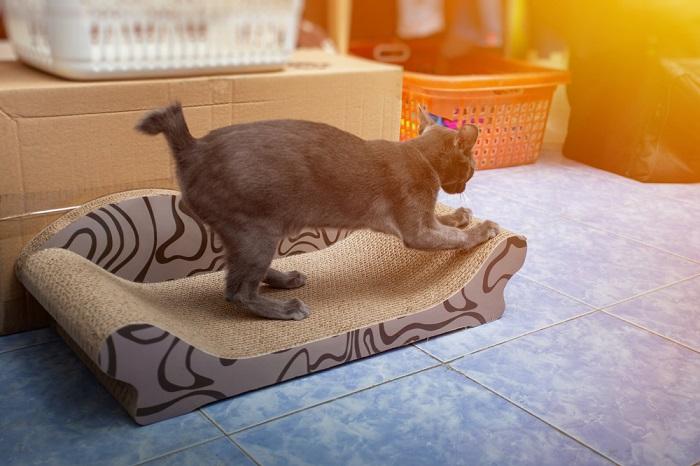
Engage your cat with play and attention during the day so they don’t scratch furniture as a result of boredom.
Stress, anxiety, and boredom can all result in excessive scratching. If you have carried out the above steps and your cat is still scratching your furniture, consider whether your cat’s mental and physical needs are all catered for. Try to identify any possible stressors. In a multi-cat household, competition for resources, such as food, water, and litter boxes, can be a source of much stress, so make sure you have at least one of each item per cat in your house.
Also Read: Why Do Some Cats Hiss When They Play?
Final Thoughts
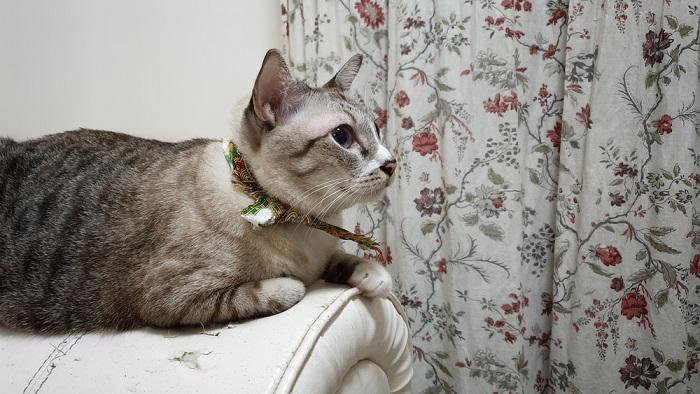
Offering plenty of acceptable scratching surfaces can keep your cat from scratching the furniture.
Finding scratch marks all over your furniture can be frustrating. But this can be prevented by providing a variety of strategically-placed, appropriate alternatives while discouraging your cat from using your belongings. Reward your cat with praise, treats, and attention when they show correct scratching behavior. In this way, both you and your cat can live together harmoniously.
Also Read: How To Get Your Cat To Use A Scratching Post
-
Atkinson, T. (2018). Practical Feline Behaviour: Understanding Cat Behaviour and Improving Welfare. CAB International.
